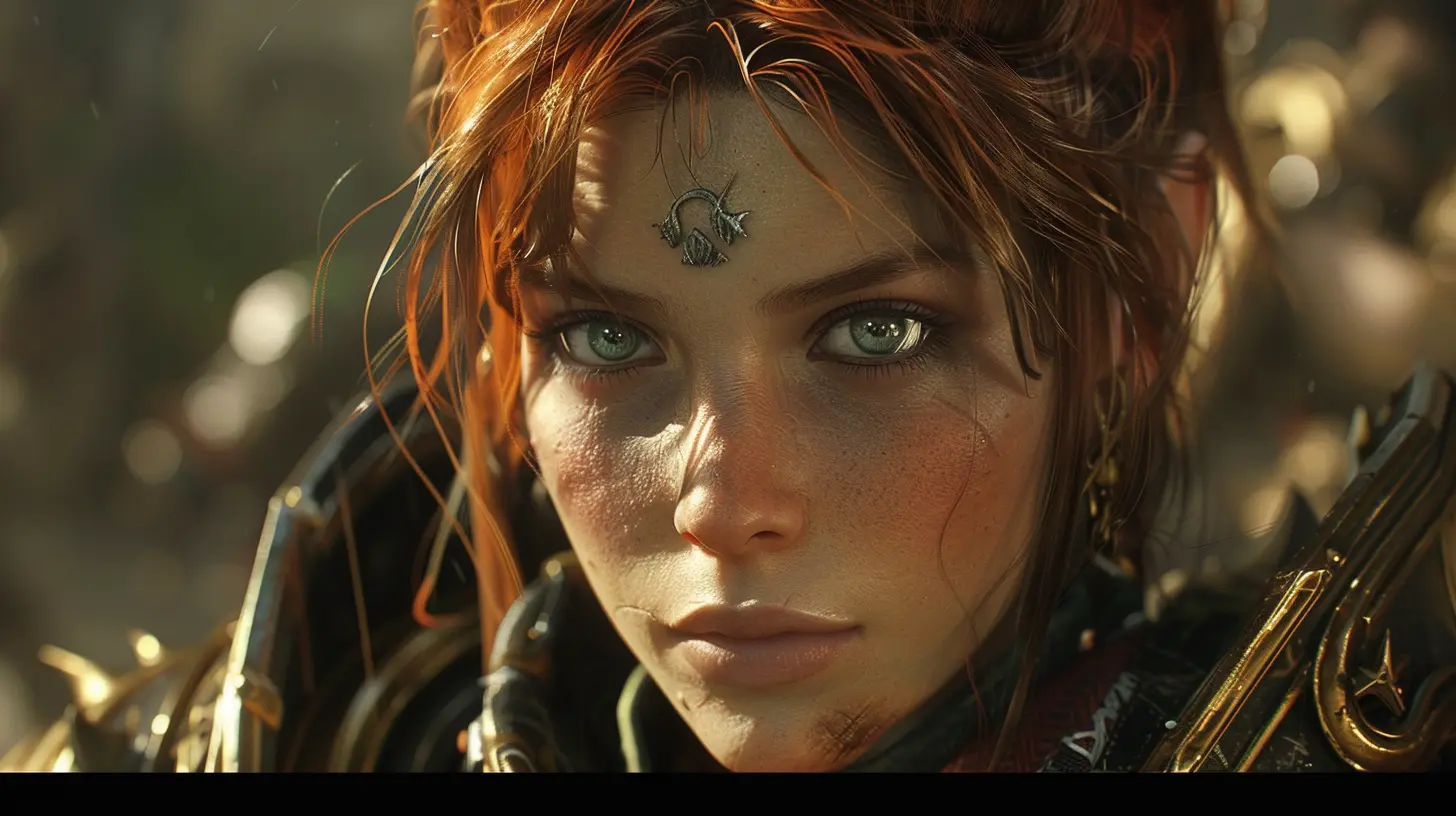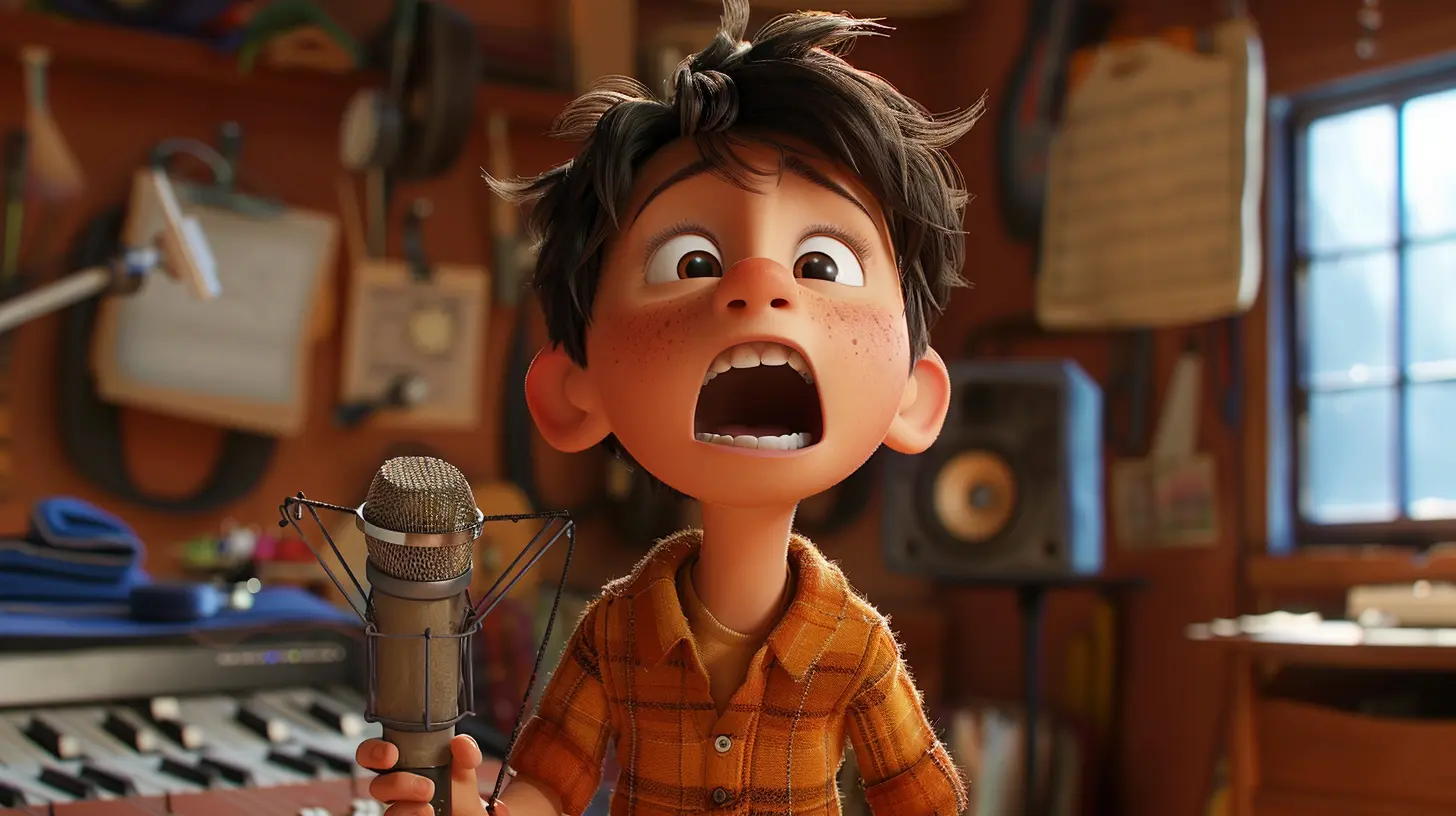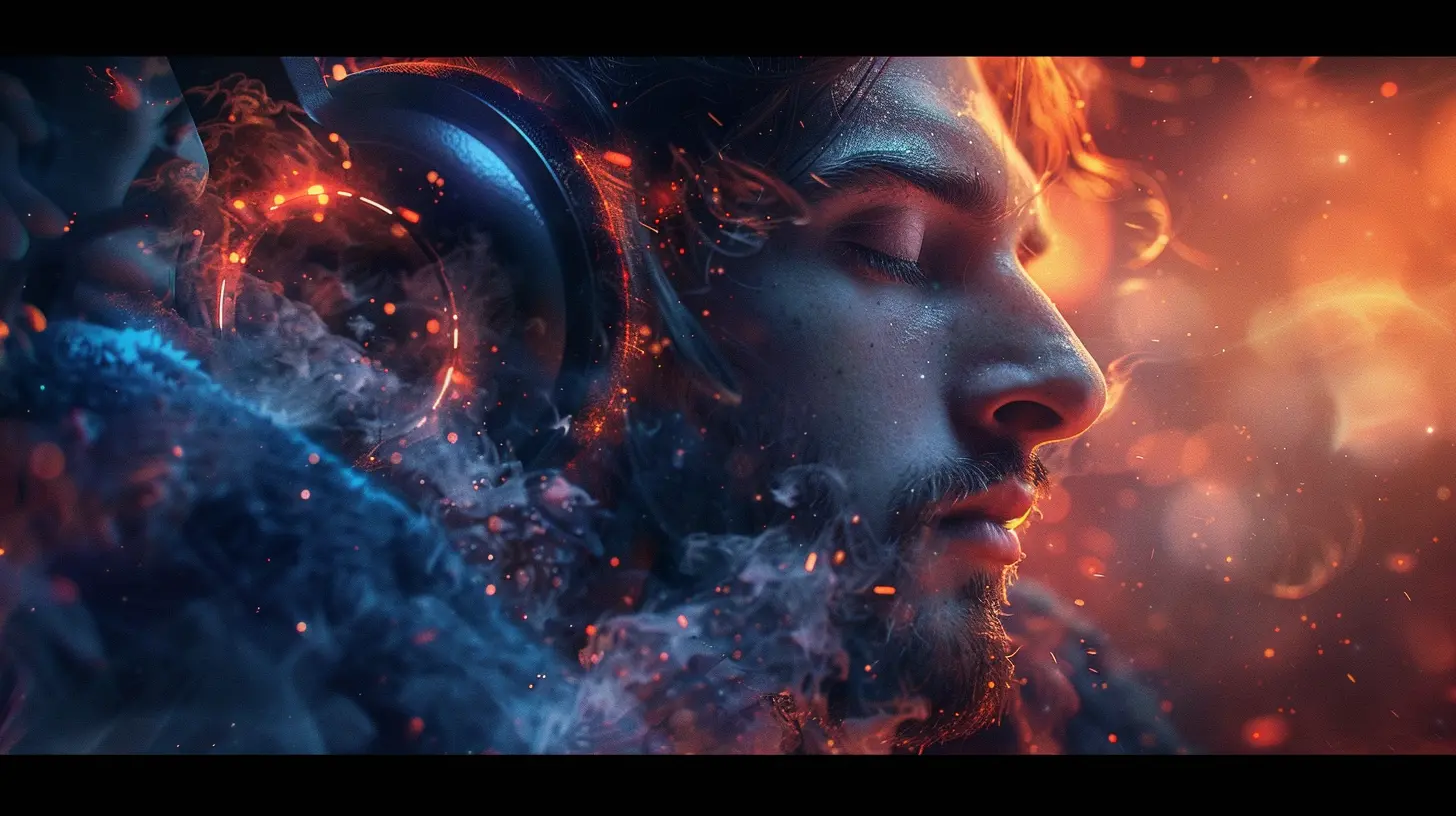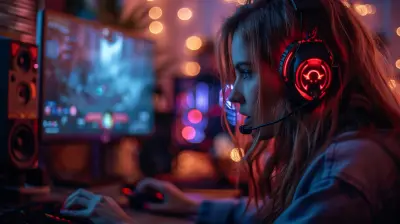The Art of Emoting: Voice Acting Techniques in Games
26 July 2025
Have you ever shed a tear during a video game cutscene? Or felt your heart race with a character's rage or despair? That’s not just killer graphics or a great soundtrack—it’s the power of voice acting. And it’s pure magic.
Voice acting in games has come a long way since the clunky lines of early gaming days. Now, it's about emotion, timing, and authenticity. It’s not just about reading lines—it’s about making players believe them. So, let’s dive deep into the art of emoting, uncovering the voice acting techniques that bring virtual characters to life.
Why Voice Acting Is Crucial in Games Today
In today’s gaming universe, storytelling is king. And just like a good movie or novel, a game lives or dies by how connected you feel to its characters. Voice acting bridges the gap between pixels and people.Games like The Last of Us, God of War, and Red Dead Redemption 2 don't just look amazing—they sound incredible. Their characters don't feel like NPCs; they feel real. And that's no accident. It's all thanks to skilled voice actors who pour their souls into every scream, whisper, and laugh.
But here’s the thing—voice acting in games isn’t just about hitting the right notes. It's about capturing the raw emotion behind every word.
Understanding the Power of Emotion in Voice Acting
Voice acting without emotion is like pizza without cheese—bland and forgettable. Emoting is the soul of effective voice work, and in gaming, it becomes even more vital.Unlike movies, where facial expressions and body language help convey feelings, video game characters often rely heavily on vocal tone and inflection—especially in scenes using static visuals or stylized art.
That means the actor’s voice has to carry the full emotional weight. They’ve got to make you feel what the character feels, whether it’s fear, love, revenge, or total despair.
Technique #1: Method Acting (Yes, It’s a Thing Here Too)
Believe it or not, many game voice actors use method acting. They draw from personal experiences or deep emotional memory to deliver more believable performances.Think of it like this: when a character loses a loved one, the voice actor isn’t just reading a sad line—they’re channeling a real loss they’ve felt. It’s intimate. Raw. Honest.
It’s this vulnerability that makes the difference between a “meh” scene and a “holy crap, I need a minute” moment.
Technique #2: Vocal Range and Control
A seasoned voice actor doesn’t just stick to one tone—they stretch their vocal cords like athletes prepping for a race.Games often require multiple types of lines—battle cries, casual conversations, whispered secrets, intense monologues. Having a strong vocal range helps voice actors adjust their tone, pitch, and pace depending on the scene.
Control is key here. Screaming in a fight scene? Great, but it shouldn’t blow out the mic or strain the actor’s voice. Voice pros know how to navigate the emotional highs without damaging their tools.
Technique #3: Breathing Life Into Characters (Literally)
Ever notice a character sighing before a tough decision? Or gasping after a narrow escape? That’s intentional. Breathing sounds are tiny but powerful tools in a voice actor’s arsenal.Effective use of breath adds authenticity—it mirrors what we do in real life. A shaky breath can signal fear, while a slow, deep inhale might show tension building before a big reveal.
In interactive mediums like games, where the player is constantly immersed, those subtle breathing choices make all the difference.
Technique #4: Timing and Pacing
In gaming, timing is everything. Voice actors often deliver lines that players hear while actively making decisions. That means the line has to hit at just the right moment to resonate.Good voice actors know how to pause for impact or speed up during high-action sequences. It’s like music—beats and flows matter.
They’re also trained to adjust pacing according to game mechanics. For example, in dialogue-heavy RPGs, actors might use a slower pace to help with comprehension and emotion. In shooters, they’ll rattle off lines in intense bursts to match the adrenaline.
Technique #5: Consistency Across Sessions
Games aren't typically recorded in a single day. A character’s voice might be recorded over weeks or even months. The challenge? Keeping it consistent.Voice actors keep detailed notes about vocal tone, accents, emotional states, and more for every session. Whether it’s take #3 or take #300, the character has to sound and feel the same.
Imagine playing a game where your favorite character suddenly sounds different mid-way. It kills immersion. Consistency isn’t glamorous, but it’s vital.
Motion Capture and Voice Acting: A Powerful Fusion
Welcome to the era of mocap. Motion capture has transformed voice acting into full-on performance acting.Actors now wear motion suits, and their facial expressions are digitally recorded while delivering lines. Think of Andy Serkis as Gollum or Troy Baker as Joel in The Last of Us. These roles weren’t just voiced—they were embodied.
This fusion leads to more nuanced performances. The character’s voice and physicality match perfectly because they were created in sync.
Voice Direction: The Unsung Hero
Behind every emotionally charged voice line is a voice director guiding the process. They’re the ones who help actors understand the context, tone, and timing.A good voice director can turn a decent read into a jaw-dropping performance. They might say, “Imagine you just lost your best friend,” or “You’re talking to someone you love but can’t trust.”
They help the actor dive deep—and bring the player along for the emotional ride.
The Gaming Audience Is Smarter Than Ever
Modern gamers notice everything. And they won’t hesitate to point out stiff dialogue or lifeless delivery.That means the pressure’s on for voice actors to deliver performances that are not just technically correct, but emotionally engaging.
And let’s be real—players don’t forget great performances. Whether it’s Geralt’s gravelly baritone or Aloy’s determined tone, these voices become icons.
Why Voice Acting in Games Is Harder Than You Think
Unlike film, where scenes play in sequential order, game scripts are often non-linear. Actors sometimes record out of sequence, without knowing the full story. They might not even know how a scene ends.That’s tough.
It takes serious skill to nail the right emotional tone when you’re missing half the puzzle. That’s why game voice actors are some of the most versatile and adaptable performers out there.
What Makes a Truly Great Game Voice Performance?
It all boils down to believability. If a player forgets they're listening to an actor and just hears the character, the job’s done.Let’s break it down:
- Emotional depth: Does the voice make you feel something?
- Natural delivery: Does it sound like real speech, not a script?
- Character alignment: Does the voice match the look, feel, and story of the character?
- Memorability: Can you hear the voice in your head long after you’ve turned off the game?
If yes to all, then that’s a voice performance done right.
The Future of Voice Acting in Games
As games evolve, so will voice acting. AI-generated voices are starting to appear, but let’s be real—they can’t replicate the human soul just yet.What we’ll likely see is a greater focus on emotional realism. More actors stepping into performance capture. Better tools to help voice performances sync seamlessly with gameplay.
And honestly? That’s exciting. The lines between film, theatre, and gaming are already blurring, and voice actors are at the heart of this creative revolution.
Final Thoughts
Voice acting in games isn’t just about sounding cool—it’s about feeling real. The art of emoting is what transforms digital avatars into unforgettable characters. Behind every heartbreaking farewell or triumphant war cry is a voice actor who gave everything to that moment.So next time you’re immersed in a game, take a moment to appreciate the voices guiding your journey. There’s a whole world of technique, emotion, and talent behind every spoken word.
And without it? Games just wouldn’t be the same.
all images in this post were generated using AI tools
Category:
Voice Acting In GamesAuthor:

Tayla Warner
Discussion
rate this article
2 comments
Max McCool
Voice acting truly brings characters to life—impressive!
November 6, 2025 at 5:36 PM

Tayla Warner
Thank you! I'm glad you enjoyed it—voice acting really does add depth and emotion to characters!
Kova McLaughlin
Voice acting is crucial in games, enhancing immersion and character depth. Techniques like emotional range elevate player experience significantly.
August 6, 2025 at 5:01 PM

Tayla Warner
Absolutely! Voice acting plays a vital role in bringing characters to life and deepening player engagement, making emotional range essential for an immersive gaming experience.


